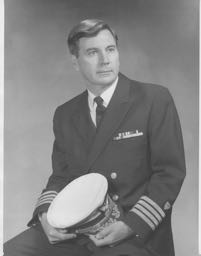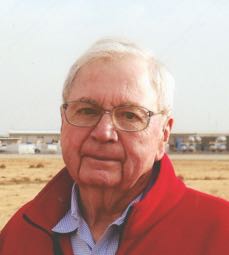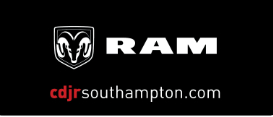
Our Photo Gallery is coming soon.
Sag Harbor resident Captain Richard MacGarva, US Coast Guard (retired) and his Antique Radio Interest, and Collection

His career included serving three years in the engineering departments on Liberty and Victory ships as a member of the US Merchant Marine; a year’s duty with the U.S. Navy in aboard the Essex class aircraft carrier USS Philippine Sea (CV-47); and another 26 years in the US Coast Guard serving about one third of his Coast Guard career at sea on 4 High Endurance Coast Guard Cutters. The balance of his Coast Guard career was in command of shore facilities in Minnesota, Massachusetts, and Alaska. It was while he was on sea duty in the 1950s that he began his study of radio operation by building a ham radio transmitter and receiver during what free time he had while at sea, and using it to communicate with ham radio operators ashore all over the world.
When his sea duty ended he was able to spend even more time with his ham set. One of his early efforts was to build the equipment necessary to conduct “phone patches” to allow mariners at sea to stay in touch with their families. Many ships had ham radio operators aboard, so he would establish a radio connection with the ship via his ham radio and obtain the phone number of the person with whom a mariner on board might want to speak. He would then establish land communication and then link the telephone to his ham radio so the person on land was speaking directly to the mariner on board ship, via the telephone phone patch. He got a lot of satisfaction from doing this as he could very much relate to how much even a short call home meant to a mariner at sea. His ham radio hobby also resulted in him making hundreds of contacts with other ham operators all over the world, many of whom he would communicate with on a regular basis.
Over the years he built a number of ham radios, and also quite a few “Heathkit” Brand stereo amplifier and receiver kits, however when he retired from the Coast Guard in 1976 and settled in Sag Harbor, he finally had the time to expand his interest into acquiring and electronically restoring antique radios. Most were acquired at antique radio auctions and as he was interested in learning how to repair them, the only ones he bought were those that were not operational! For the next 30 years he amassed a collection of well over 100 antique radios of multiple types and sizes. He obtained the schematics of these radios from the John Jermain Memorial Library and taught himself circuit tracing and analysis by stripping the radios down to their bare chassis and the rebuilding them with new, or used but good parts. When parts were not available he learned how to fabricate some of them on his own. To facilitate this he also collected vacuum tubes and many of the other components that could be used to repair radios such as electrolytic capacitors, variable frequency oscillators, resistors, diodes, transformers, coils, and dial mechanisms. He eventually restored all of his radios to full operation.
 He was also fascinated by the simplicity of “crystal radios”, comprising nothing more than a coil, a capacitor, a diode and some wire for an antenna. These radios used the strength of the incoming signal as a power source so it needed no battery. He scratch built many of these simple sets, as well as some that were more complex with larger, and variable, coils. He particularly enjoyed teaching his two grandchildren about these small radios and built several together with them that they would listen to as they were growing up.
He was also fascinated by the simplicity of “crystal radios”, comprising nothing more than a coil, a capacitor, a diode and some wire for an antenna. These radios used the strength of the incoming signal as a power source so it needed no battery. He scratch built many of these simple sets, as well as some that were more complex with larger, and variable, coils. He particularly enjoyed teaching his two grandchildren about these small radios and built several together with them that they would listen to as they were growing up.
In 2021 a nephew of Captain MacGarva’s was participating in a local golf tournament sponsored by Bill and Sandra Evans. It was by a chance conversation with him that they learned of the radio collection. When Captain MacGarva learned of Bill and Sandra’s interest in preserving antique radios and establishing a museum locally for that purpose he decided to donate the majority of his working antique radio collection to WLNG, with the hope that these historical pieces could be appreciated by future generations.















